1. Scrum Master
The Scrum Master is one of the most essential roles of the scrum team. A Scrum master is someone who has a firm grasp over Scrum values, practices and principles. It is the Scrum Master’s job to ensure that the entire team is following the best practices in Scrum. He/she also handles the issues that come up when a company adopts Scrum.
2. Scrum Master a Gardener
A Scrum Master can be likened to a gardener who is looking after trees in a garden. The Scrum Master is therefore responsible for the health and growth of individual trees, whereas the Product Owner is responsible for the entire garden. If the Scrum Master does his job properly, he can look after each individual tree properly to grow and nurture them and to get a beautiful and pleasant garden. Otherwise, the garden could become a wild forest where anyone could get lost or be eaten by a wild beast!
Lets have a detail look in scrum master roles and responsibilities, we will be looking into the best agile books and training manual, to find out what these best authors said about roles and responsibilities of scrum master.
Let’s have a look at what some of the books say about the role and its responsibilities of scrum master
3. Scrum Master’s Role by Best Agile Books
We will be reviewing some of the best agile books and training manual
3.1. Succeding with Agile
by Mike Cohen
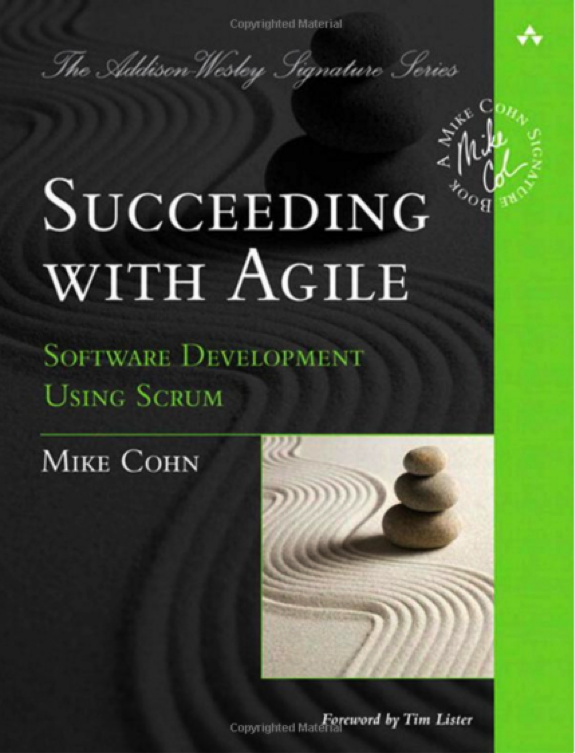
If you wish to read the Succeeding with Agile, here’s the link
In Succeeding with Agile, Mike Cohen says that:
Much has already been written about the job of the Scrum Master in removing impediments to the team’s progress. Most Scrum Masters quickly grasp that part of their job. Where many falter —– especially during the first 6 to 12 months of using Scrum —– is in their relationship to their teams.
This is entirely true because the main function of the role of Scrum Master is to have close contact with his/her team. The book further notes the attributes of a successful Scrum Master, which are:
- Responsible
- Humble
- Collaborative
- Committed
- Influential
- Knowledgeable
Attributes of a successful Scrum Master, responsible, humble, collaborative,committed, influential, knowledgeable
Succeeding with Agile, Mike Cohen [click to tweet]
3.2. Essential Scrum
By Kenneth S. Rubin
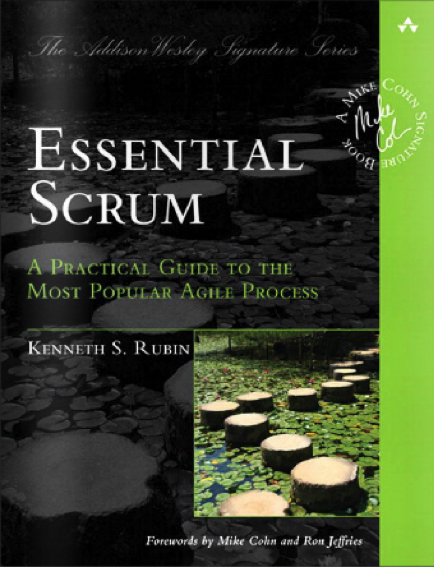
If you wish to read The Essential Scrum – A Practical Guide to the Most Popular Agile Process, go here:
Finally, the Scrum Master is a facilitator and is present to help all others in their endeavors, and to remove obstacles for other people.
The Essential Scrum – A Practical Guide to the Most Popular Agile Process states:
“As a facilitator, the Scrum Master helps the team resolve issues and make improvements to its use of Scrum. He/She is also responsible for protecting the team from outside interference and takes a leadership role in removing impediments that inhibit team productivity (when the individuals themselves cannot reasonably resolve them). The Scrum Master has no authority to exert control over the team, so this role is not the same as the traditional role of project manager or development manager.”
SM responsible for protecting the team from outside interference and takes a leadership role in removing impedimentsThe Essential Scrum By Kenneth S. Rubin [click to tweet]
3.3. Agile Project Management with Scrum
by Ken Schwaber
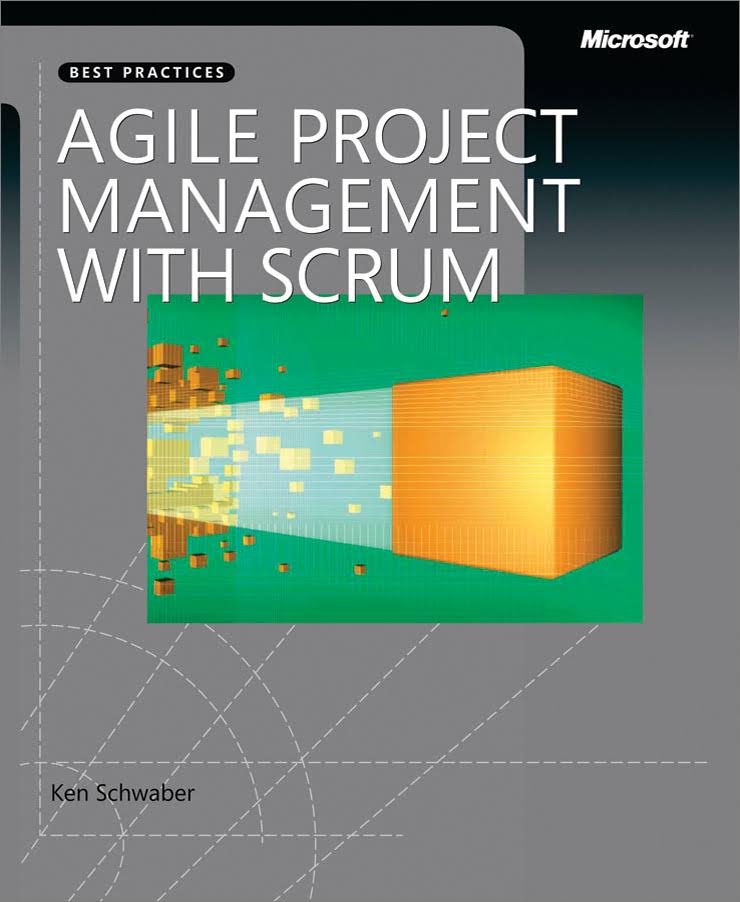
If you would like to read Agile Project Management with Scrum by Ken Schwaber here’s a link to it:
In Agile Project Management with Scrum, Ken Schwaber lists the responsibilities of a Scrum Master:
“The responsibilities of ScrumMasters can be summarized as follows:
- Remove the barriers between development and the Product Owner directly drives development.
- Teach the Product Owner how to maximize ROI and meet his or her objectives through Scrum.
- Improve the lives of the development team by facilitating creativity and empowerment.
- Improve the productivity of the development team in any way possible.
- Improve the engineering practices and tools so that each increment of functionality is potentially shippable.
- Keep information about the team’s progress up-to-date and visible to all parties.
When the ScrumMaster fulfills these responsibilities, the project usually stays on track. These responsibilities should be enough to keep the ScrumMaster busy; no ScrumMaster should have any time left over to act like a typical boss. Indeed, a ScrumMaster who acts like a program manager probably isn’t fulfilling all of his or her duties as a ScrumMaster.”
3.4. The Scrum Master Training Manual
The Scrum Master Training Manual
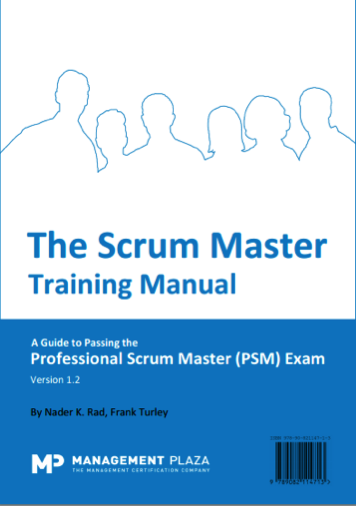
If you wish to read the Scrum Master Training Manual, here is the link
“The Scrum Master is a management position, which manages the Scrum process, rather than the Scrum Team. He/she is a servant-leader for the Scrum Team.”
Something to focus on here is the use of the word ‘servant-leader’. This implies that the Scrum Master is by no means an authoritative position, despite what the title may lead you to believe. The Scrum Master is there to serve the team. He/she has to point them in the right direction whenever the team sways. He/she does not have authority over the team, but is rather a mentor.
It goes on to say that:
“The responsibilities of the Scrum Masters are not limited to the Scrum Team. They should also help those outside the Scrum Team understand the appropriate interactions with the Scrum Team to maximize the value created by the Scrum Team. The Scrum Master usually leads the organization in its effort to adopt Scrum.”
Therefore, the Scrum Masters guidance is not just limited to the team. It also extends to the Product Owner and the Stakeholders. He/she is the overall pushing force that leads the organization towards Scrum.
On the topic of having a dual role Scrum Master, the Training Manual discourages it:
“It is possible for a single person to be both Scrum Master, and a member of the Development Team, although this is not recommended. Being a Scrum Master of a project might not occupy 100% of the time of a person; in this case, the best solution is to assign that same person as the Scrum Master in more than one project, rather than making them a member of the Development Team.”
3.5. Scrum Body of Knowledge SBOK
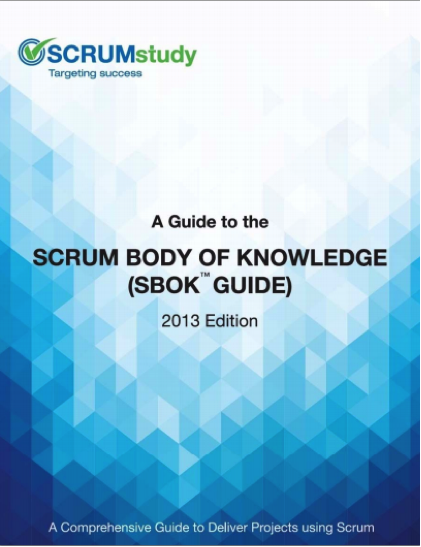
To read the Guide to Scrum Body of Knowledge, go here:
The Guide to Scrum Body of Knowledge lists the specific roles and responsibilities of the Scrum Master:
| Processes | Scrum Master Responsibilities |
|---|---|
|
|
|
|
|
|
|
|
|
|
|
|
|
|
|
|
|
|
|
|
|
|
|
|
|
|
|
|
|
|
|
|
|
|
As you can see, the full extent of responsibilities of the Scrum Master cover all functions of the Scrum process, from developing Epics to managing Retrospective meetings.
4. Conclusion
The above books describe really well the Scrum Master roles and resposbilibiles, but in the end it depend what really work in practice. Scrum provides the guide lines as the main scope is to be productive and learn by doing it.
When come to books, above books were randomnly selected, but our favourite ones are
“Succeed with Agile” by Mike Cohen
“Essential Scrum” by Kenneth S. Rubin
“Scrum and XP from the Trenches” by Henrik Kniberg [link]
